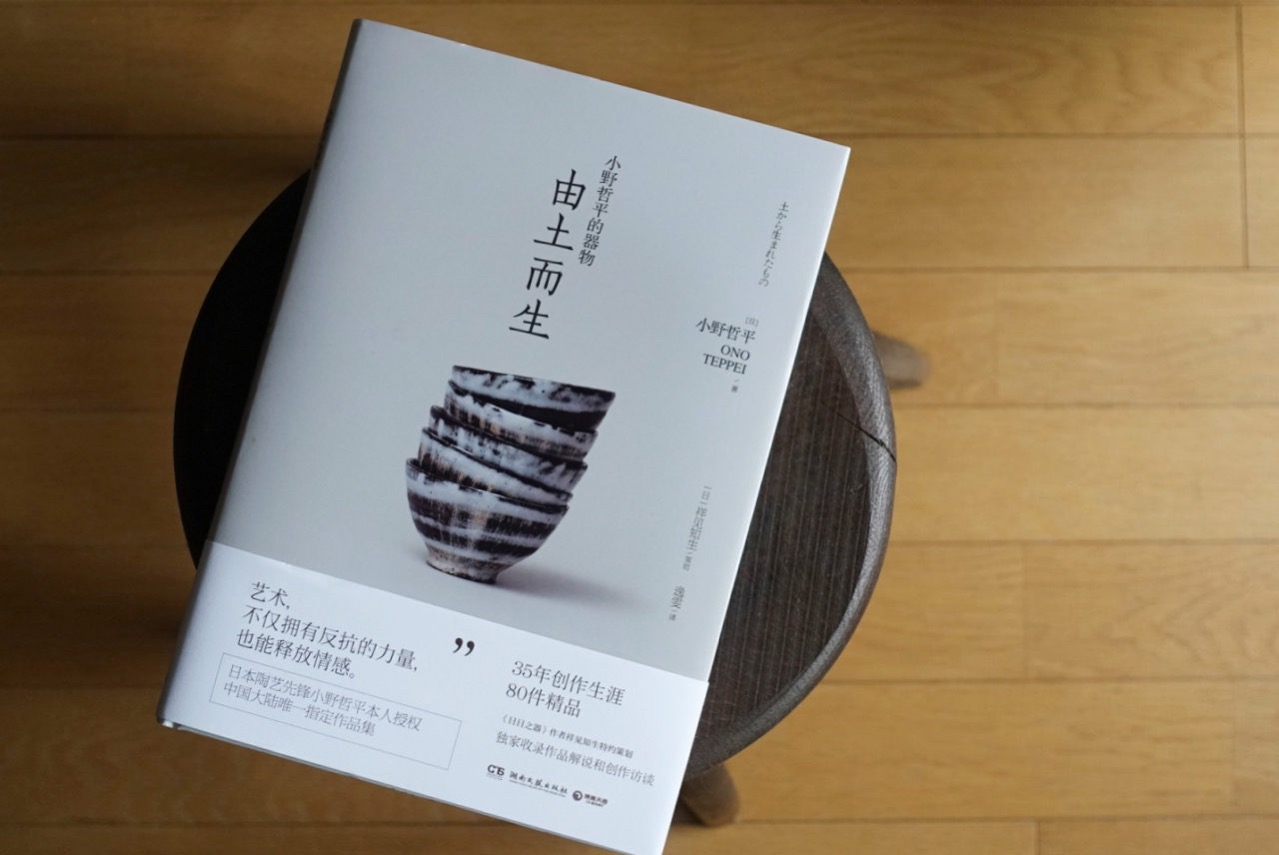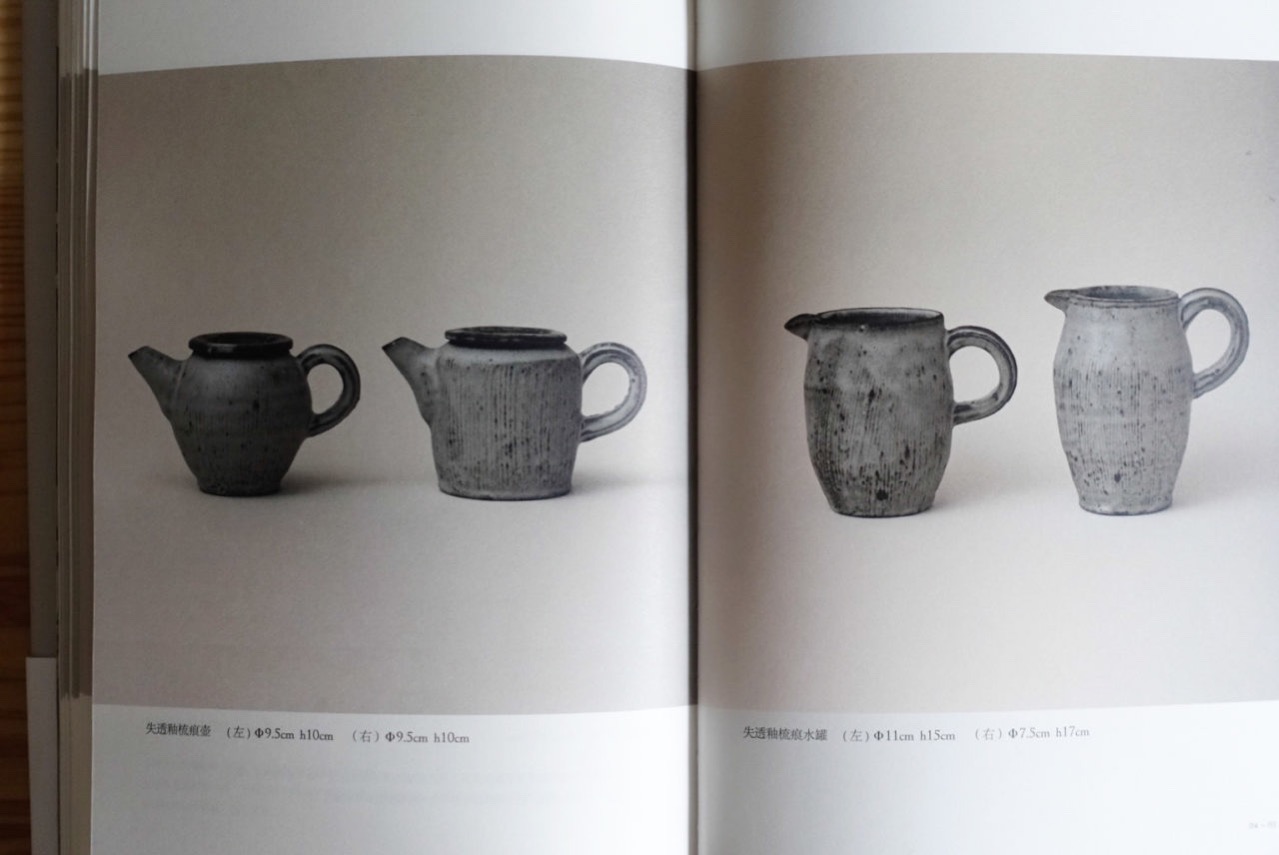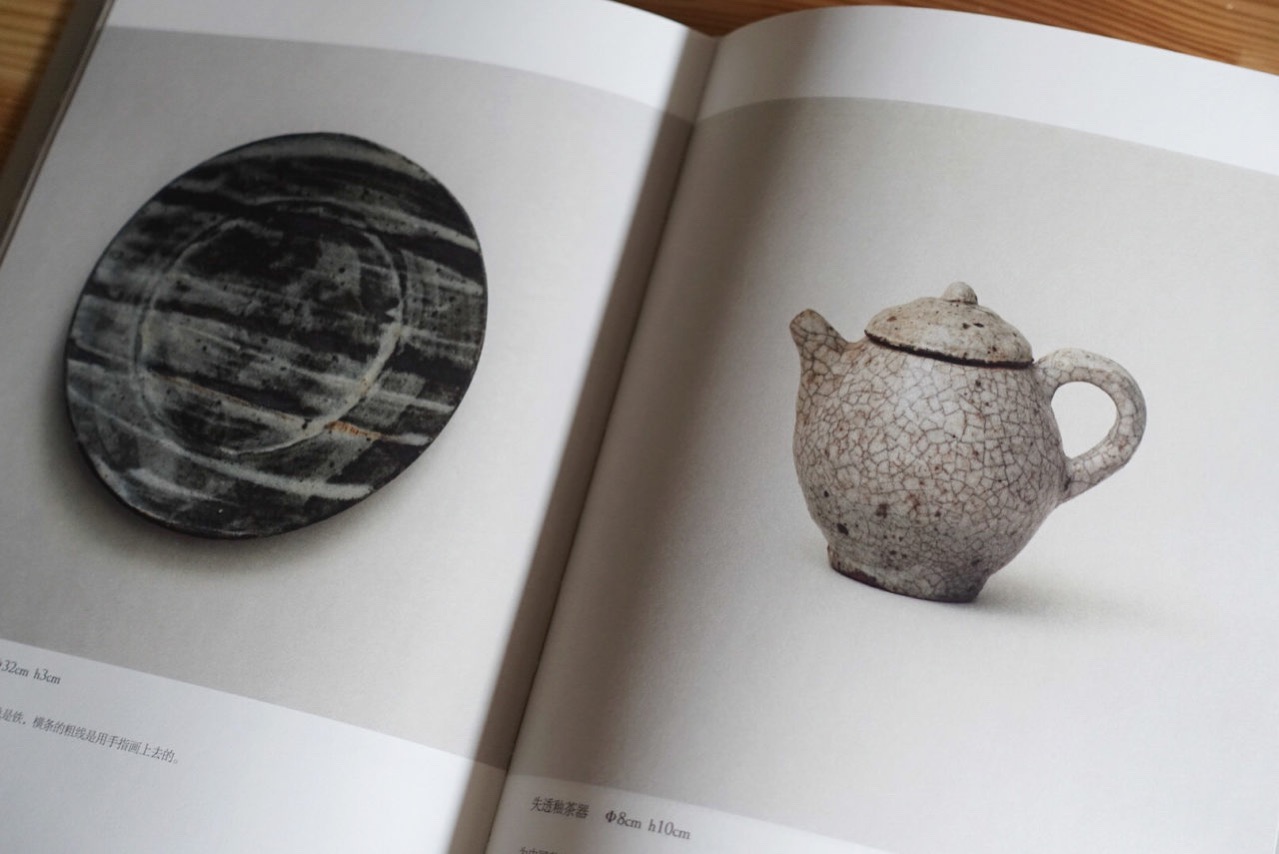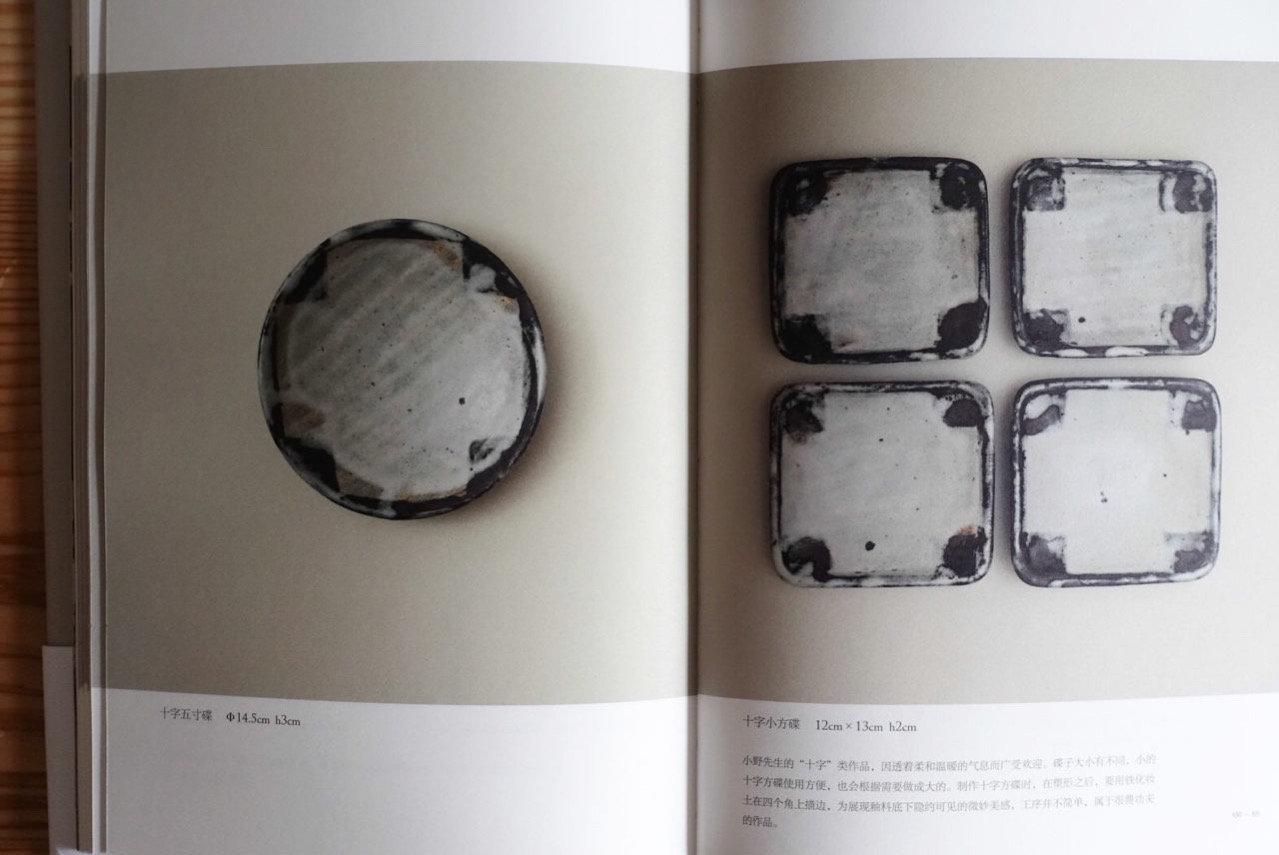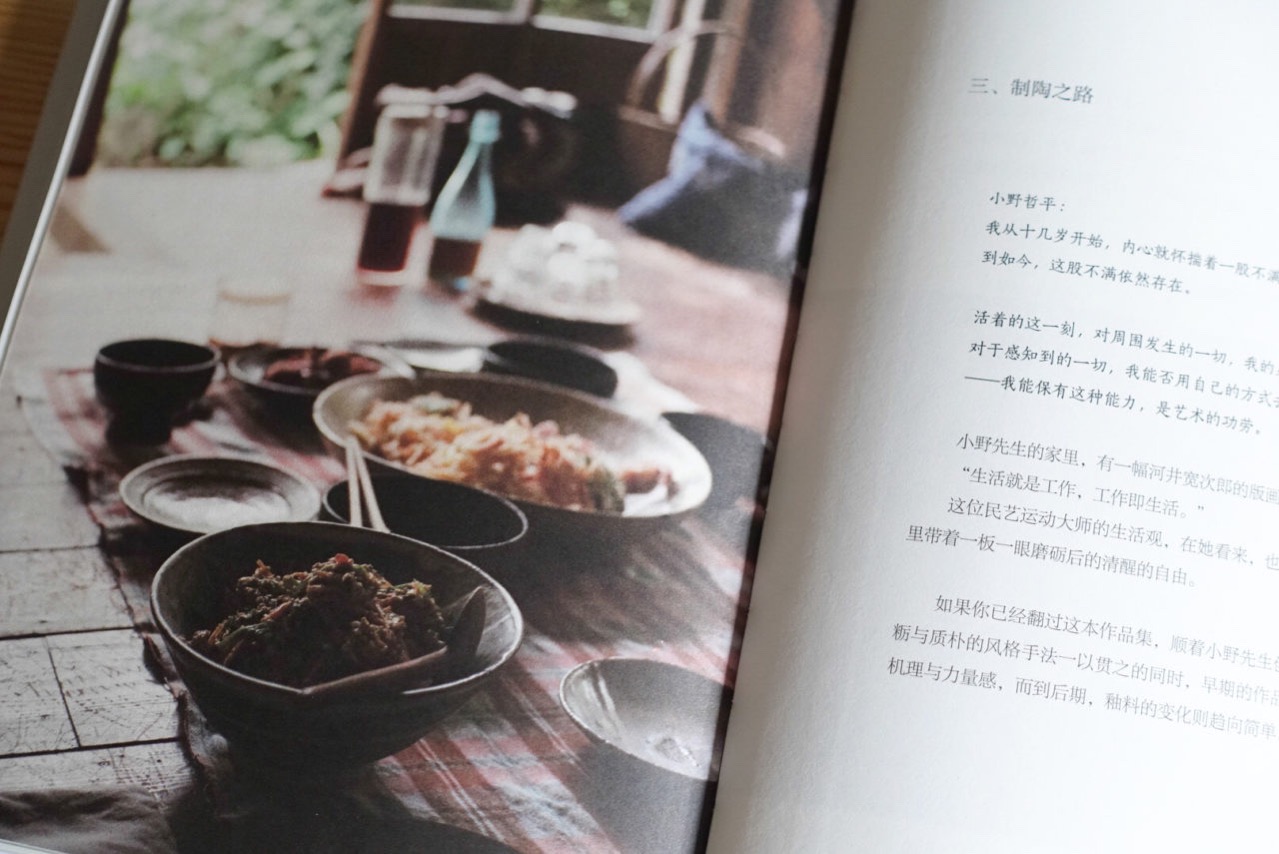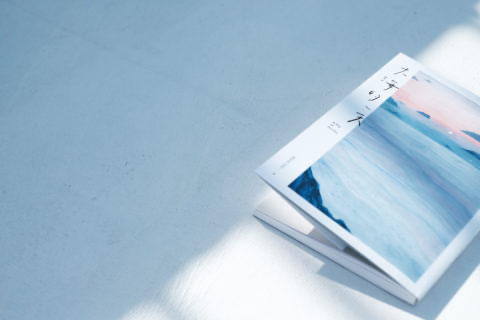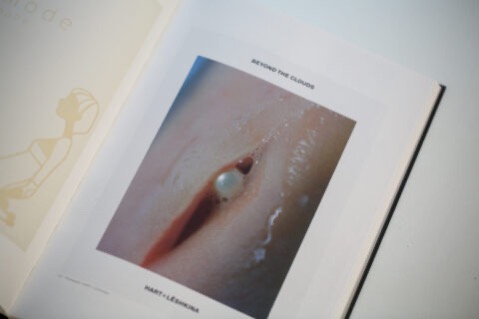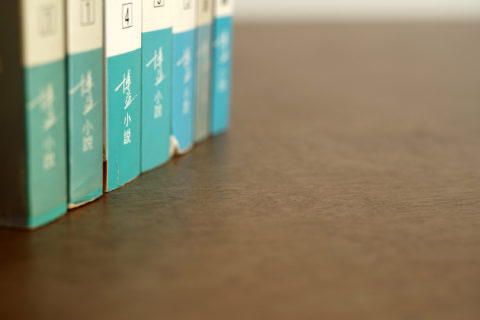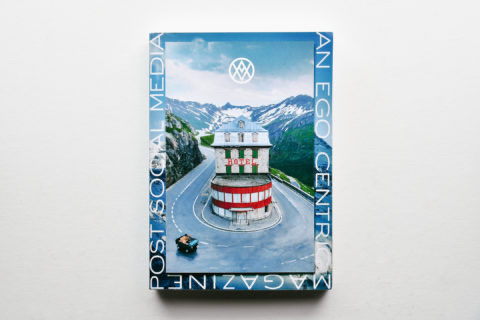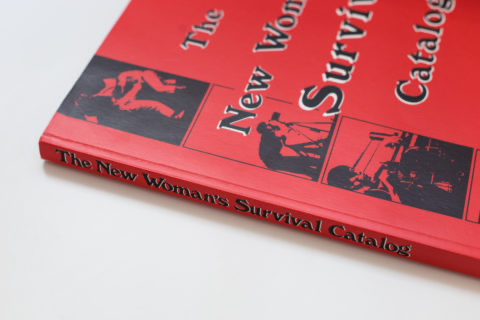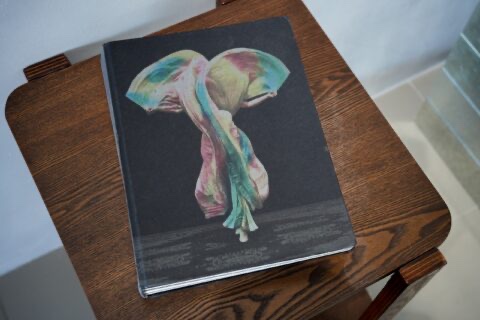
某天跟朋友談起哲平先生(Teppei)的作品:「有些陶藝家的作品的氣質,是『呼嘩』地擴散在空氣之中的,而哲平先生的作品,則是『颼』的一聲,把空氣都吸進去的。」朋友聽罷連連點頭。朋友與哲平先生有數面之緣,深感見物如見人,說哲平先生的作品與他本人同樣,充滿了令人震攝的力量,把四周的空氣都凝聚起來。器物用久了會有種沉殿的溫柔,而哲平先生相處下來,就會被他的溫暖率真所感動。
《小野哲平的器物:由土而生》一書,編收了哲平先生35年創作生涯中的80件作品,展現了多年來他的創作風格的轉變,從較早期滿載激烈情緒,至如今較為內歛而沉著,這些作品彷彿也刻劃了他創作時的心路歷。哲平先生曾說:「藝術讓我從生活的各種不自由中獲得解脫,我相信我能通過自己的作品,讓人感受到藝術這份力量。我想,藝術不僅擁有反抗的力量,同時也具釋放情感的能力。」我們大概能從書中看到他對世界的反抗,以及坦率呈現的情感波動。
書中的文字部分由祥見知生所編撰,她除了出版過多本器物相關的書籍外,也是鎌倉著名藝廊Utsuwa Shoken的創辦人,在多年以前便跟哲平先生往來合作。書中收錄了她與哲平先生的對談,使讀者對哲平先生的藝術及美學世界有更深的了解。
When talking about the pottery made by Teppei Ono, my friend seemed to fully agree when I said, “Some potters create ceramic works that exude their aura into the surrounding atmosphere; quite on the contrary, Ono’s works are to suck up the surrounding air like a vacuum cleaner.” Being an acquaintance of Ono, this friend of mine believes an artist’s work is a mirror reflection of the maker’s personality. Similar to Ono himself, his works possess the power to stun the audience and freeze the atmosphere. There is a subtle tenderness from an aged pottery; Similarly, getting acquainted with Ono is a chance to be touched by his warmth.
Pottery by Teppei Ono: Emerged from Clay collected 80 pieces of work that Ono made in the past 35 years. The book illustrates the change of his style over the years — from the earlier ones which are more charged with intense emotion, to the recent ones which bring serenity. The works are also witnesses of how his mindset evolved. Ono mentioned, “Art liberates me from the constraints of everyday life. I wish I could share this strength with others through the works I make. Art can be rebellious, it can as well be liberating.” Other than archiving Ono’s work, the book also recorded the rebellious attitude of Ono and his earnest emotions.
Tomoo Shoken, who wrote the text in the book, has already published several books on pottery. Being the founder of Utsuwa Shoken, the well-known gallery in Kamakura, Shoken’s collaboration with Ono began quite some years ago. The conversation between the two as collected in the book opens the door for readers to understand more deeply about Ono’s world of art and his aesthetics.
